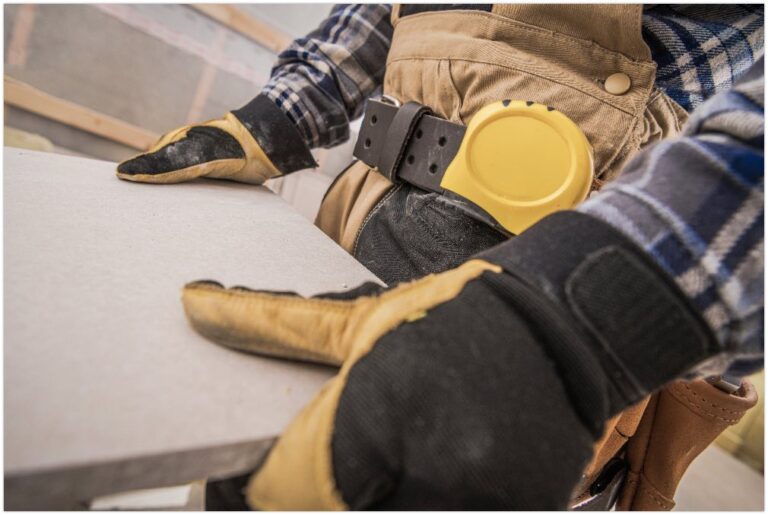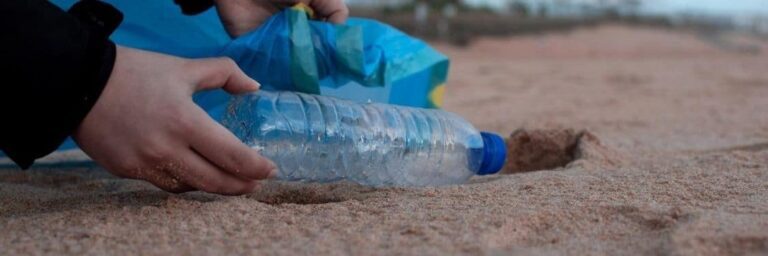Think of your possessions that you value the most. They might include your jewellery, the box containing your family photos or the collection of newspapers and magazines. Now, imagine yourself feeling the same for every item in your home. If that happens, it will be definitely a hoarding disorder.
Related: 10 Quick Tips On Why You Should NOT Hoard Junk
Here are the 15 frightening facts about hoarding rubbish.
- Hoarders will fill up any space regardless of the size
A hoarder will fill up his/her space, whether it is a mansion or a studio apartment. The Collyer Brothers case of the 1940’s in New York City proves that. Therefore, the storage units or forced purges may worsen the situation or offer a temporary solution. They might make the hoarder feel violated or traumatised.
- Since 2013, hoarding rubbish has been a disorder by itself
Before the year 2013, people saw hoarding as a form of OCD but afterwards, researchers exposed several important differences. For example, OCD feels bad – obsessions will make you anxious and compulsions, which try to relieve the anxiety, are not pleasant. Hoarding involves joy. Hoarders like discovering new things free of charge. They find it hard to give up the good feeling.
- Around one-third of the hoarders have ADHD
Hoarders find it hard to make decisions, paying attention, planning activities and prioritising things. They find everything to be of equal importance, whether it is a lone chopstick or a passport. That sounds like ADHD. In fact, a study conducted in 2010 showed that around one-third of hoarders are diagnosed with ADHD.
- Hoarding will run in families
Hoarding is genetic. That means you are likely to see siblings doing it. The same might be true for closer relatives.
- Hoarders are usually survivors of neglect or trauma
Most hoarders have a childhood abuse, neglect or trauma lucking in their background. That should not tell you that all hoarders were abused because traumas can arise at any stage in life.
- Hoarders hoard for various reasons
People will hoard things that they see as extensions of themselves. The items include personal memorabilia or their everyday items. Others will hoard items that remind them of individuals they love or loved. They might also hoard the things they see as useful such as rusty nails or the discarded wire.
- Paper hoarding has more to do with the information
Individuals who hoard magazines, newspapers, junk mails and similar papers are usually interested in the information they contain. Unfortunately, they rarely read the papers. They leave them to collect dust.
- Even though hoarding is seemingly counterintuitive, hoarders are perfectionists
Perfectionists only see things as all or nothing – black or white. If something does not appear right to them, they will not do it. So, they will stop if they fail to meet their standards. They would better live in squalor instead of risking a hoard that is not perfect. For example, they might feel that cloth will remain perfect if they do not wear it.
- Most hoarders believe that they have lousy memories
Hoarders have a normal memory but they rarely trust the memory. They might see it important to keep everything visible so that they can remember it. They also stick papers to the wall so that they can see the information. It is as if they have external memory.
- Hoarders are considerate and thoughtful
Gathering of information or items is common among hoarders because they think that they would be helpful to other people. Actually, hoarders have empathy and think tenderly about the comfort of the objects.
- Hoarders have a sense of shape and colour
Hoarders perceive the world in a different way from that of the others. They might find joy in objects bearing their favourite colour or find appreciation or beauty in the things non-hoarders cannot buy. They will, therefore, buy bags or milk crates they do not need.
- Hoarders suffer from clutter blindness
If you showed a hoarder the photograph of his/her home, she might not recognise her rooms. The cluttered rooms cause some form of clutter blindness in a similar way the people living in cities do not hear taxi horns or sirens. When asked to draw the plan of their home, they might only remember the spaces that are full of clutter.
- Unfortunately, hoarding is hard to treat
It is hard to treat hoarding with drugs. Up to today, there are no studies on the medication for hoarding. The only thing that works is cognitive behavioural therapy. You can try it if you are a hoarder.
- It mostly starts during puberty
Hoarding behaviour mostly starts in adolescence – between the age of 13 and 14 years. Kids hold onto broken toys and useless paper scraps. The severity increases with age and it gets to unmanageable levels in old women and men.
- The makeup of the brain plays a part
To some extent, the individuals who hoard might be hard-wired for that behaviour. Research has proved that the frontal lobe of the hoarder’s brain functions differently from that of the non-hoarders. The frontal lobe is a critical part of the brain, which helps people consider options and think rationally.
Most hoarders deal with concerned friends and family members after their situation come to light and that is for a good reason. The concerns include unsanitary living environments and increased risk of fire or falls thanks to the undesirable conditions. If left untreated, the hoarding behaviour will result in severe social isolation or clinical depression. Paul’s Rubbish Removal service is here to help you deal with the issue. We will help you identify any rubbish in your home and help you get rid of it before the hoarding problem worsens.







